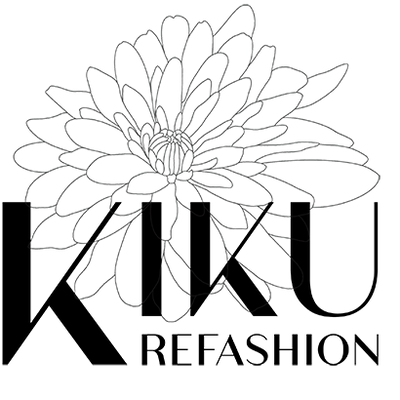January 18, 2023
by Susu Smythe, January, 2023
Sewing machines have been used in Japan since the 1880’s but they are not used to make silk kimono (meaning traditional Japanese clothing). Silk kimono continued to be hand sewn throughout the twentieth century. One of the reasons is that the hand sewn seams are much easier to take apart than machine stitched seams. The traditional way to wash a kimono is to take the kimono fully apart and sew it back into a long bolt of fabric, wash and dry the silk and then re-construct the kimono. Traditionally, the long lengths of silk were scrubbed with a brush on a wooden board, then washed in a river and finally stretched and hung to dry. Water will shrink silk and because the lining are usually from a different type of silk, the lining needs to be washed and stretched separately. A lined kimono that has gotten thoroughly wet will be puckered when it dries because of the conflicting shrinkage rates of the main silk and the lining.
The bolt of fabric that has been stitched together for washing is an airihari which is the combination of two words, “wash” and “stretch”. The Japanese have a long tradition of respecting and valuing kimono and the fabric from which it is made. The kimono is a generational investment that is expected to be passed down from a mother to a daughter. Japanese also have a long tradition of not wasting resources. The design of a kimono is a simple T shape that is made from 8 pieces of fabric that are cut from one bolt fabric that was woven to make just one kimono; there is no waste. Airihari is also a culture of caring for kimono and respecting all of the time, resources, time and skill that was involved. The process allows for the repair of the garment by altering the location of the damaged piece, or mending and patching if needed and possible. Fabric that can no longer be used in the kimono is given another use until it might work its way into being a dish rag. Even the thread that was removed in the deconstruction is saved and given a use (but that is for a discussion for another blog.)
Aria-hari is a very expensive process that is still practiced in modern facilities that have long rooms to hang and dry the silk aria-hari bolts. An alternative method is dry cleaning with benzine that does not shrink material. It is called Kyo-hari or the Kyoto method of cleaning.
The expense and care required of kimono is a primary reason that the Japanese are abandoning the kimono that have been passed down and stored for decades and for generations. When the occasion arises that requires traditional dress, the Japanese are now renting kimono and letting someone else handle the cleaning and maintenance.
Compare the arai-hari culture to today’s fast fashion and throw away culture where the fashion industry is one of the world’s worst polluters. It is responsible for about 20% of the world’s carbon emissions and 20% of the world’s waste water. An astounding 90% of the fabric and garments produced each year end up in landfills. The number of times a garment is worn before being discarded has declined by 36% in the past 15 years. The world would be a better place if more of us adopted the arai-hari culture that abhors waste and invests in high quality clothing that is expected to be worn for decades. Wearing refashioned vintage clothing is ethical, slow fashion that reveres the skills, time and resoures involved in making one of a kind works of functional art.
If you want to learn more, I have listed some resources below.
http://www.johnmarshall.to/I-Culture-KimonoCare1.htm
https://www.caringfortextiles.com/tag/araihari/
https://furugistarjapan.wordpress.com/2013/12/17/one-previous-owner/
http://www.johnmarshall.to/H-conversations015a.htm
https://earth.org/statistics-about-fast-fashion-waste/
April 17, 2023 1 Comment
March 23, 2023
March 10, 2023
